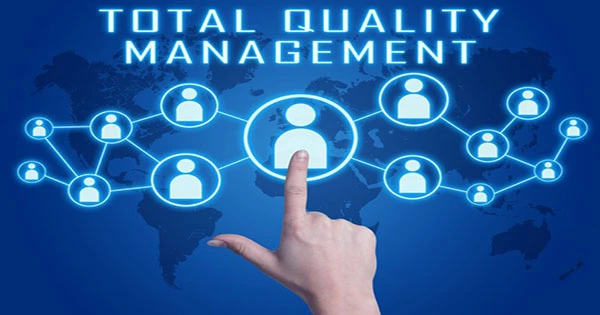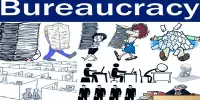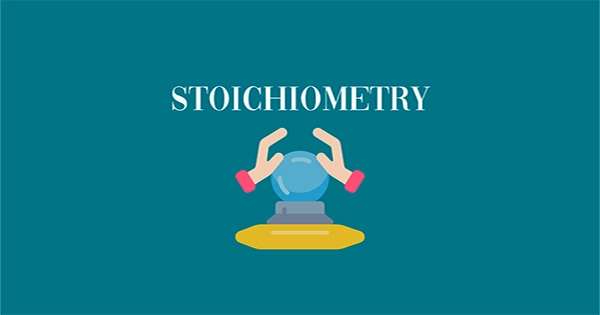Total quality management (TQM) is the ongoing process of identifying and minimizing or eliminating production defects, optimizing the supply chain, enhancing the customer experience, and ensuring that staff members are trained to the highest standards. The goal of total quality management is to hold each party responsible for the whole standard of the finished good or service.
Through ongoing internal practice development, the goal is to raise the caliber of an organization’s outputs, including its products and services. The goal of total quality management is to hold each party responsible for the whole standard of the finished good or service.
Total Quality Management (TQM) Components:
Put Customers First: A high-quality good or service meets the requirements and expectations of the customer. How a product or service makes the consumer feel and if their expectations were met or surpassed will determine whether it is of high quality or low quality. see caliber. If clients are not prioritized, it will be challenging to meet their expectations, which will prevent quality from being accomplished. The priority of the customer can be upheld through a number of actions, such as
â€Conducting market research to identify consumer wants so that the company may create goods and services that go above and beyond the expectations of its customers.
â€Taking care of all clients, both internal and external. When employees of the company approach one another for a service, they are referred to as internal customers. All non-staff members (of the organization) who contact the organization in relation to a service or good are considered external clients.
Systems that provide good customer service.
Assuring that all service requirements are met.
†Paying attention to consumer feedback. Taking into account consumer opinions includes handling customer complaints in a way that meets their expectations. After client complaints are resolved, the cause should be determined in order to avoid a repeat situation.
Make Continuous Improvement: Kaizen, a Japanese word, has contributed to this element. Kaizen holds that continual development has no bounds. This indicates that a TQM organization will continually work to enhance their good or service and raise the bar for quality. Whether the change entails a change in the processes used or a change in the demands and expectations of the customers, a TQM organization will likewise see change favorably. This is so that the organization can develop and explore quality thanks to modifications.
Aim for Zero Defects: The goal of eliminating flaws is motivated by a variety of factors. Because they will reduce the customer’s confidence in the product, flaws are pricey. Additionally, fixing flaws is more expensive than avoiding them in the first place. A combination of quality assurance and quality control can lead to zero faults ( visit the relevant sections by clicking on the links).
Training and Development: To make sure that all of its employees are familiar with the TQM tenets, an organization must train its personnel. An employee of a TQM organization must comprehend how TQM is to be attained or maintained, as well as how they as employees will ensure that the organization emulates TQM. It will be challenging for the organization to implement TQM unless every employee accepts and believes in it.
















